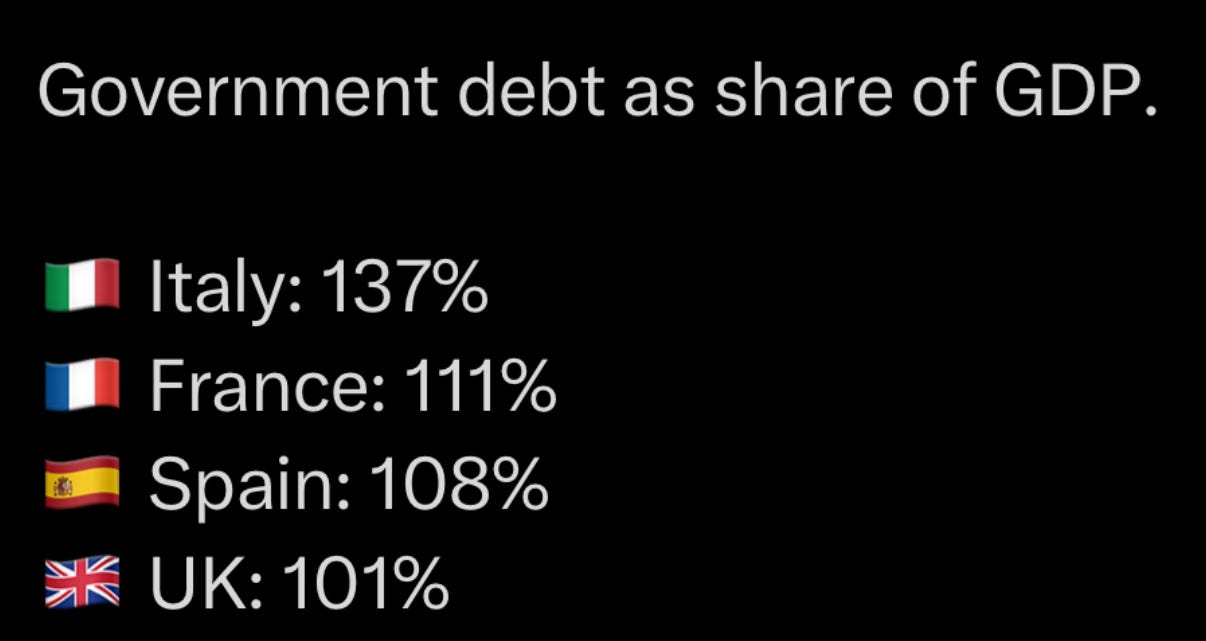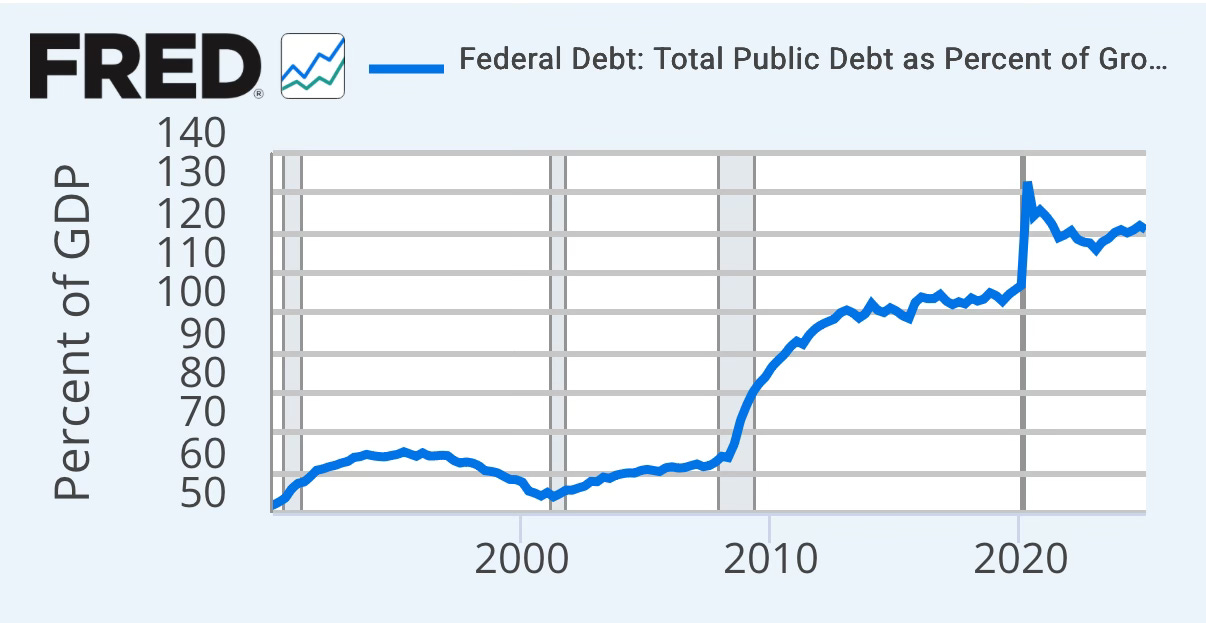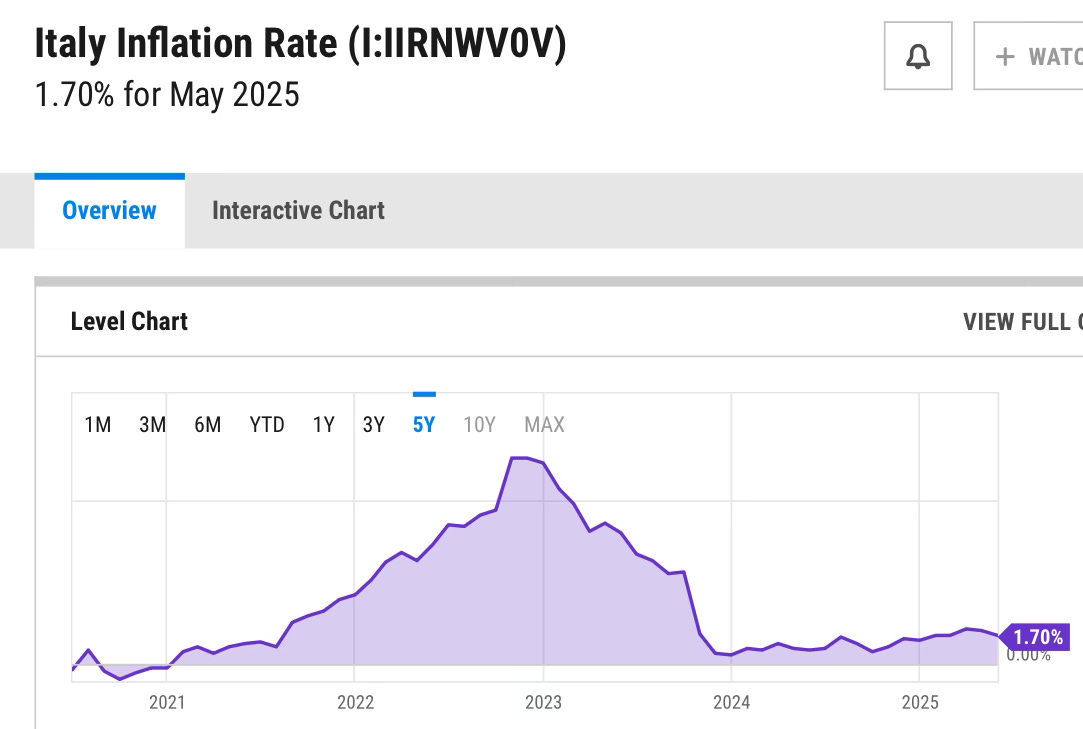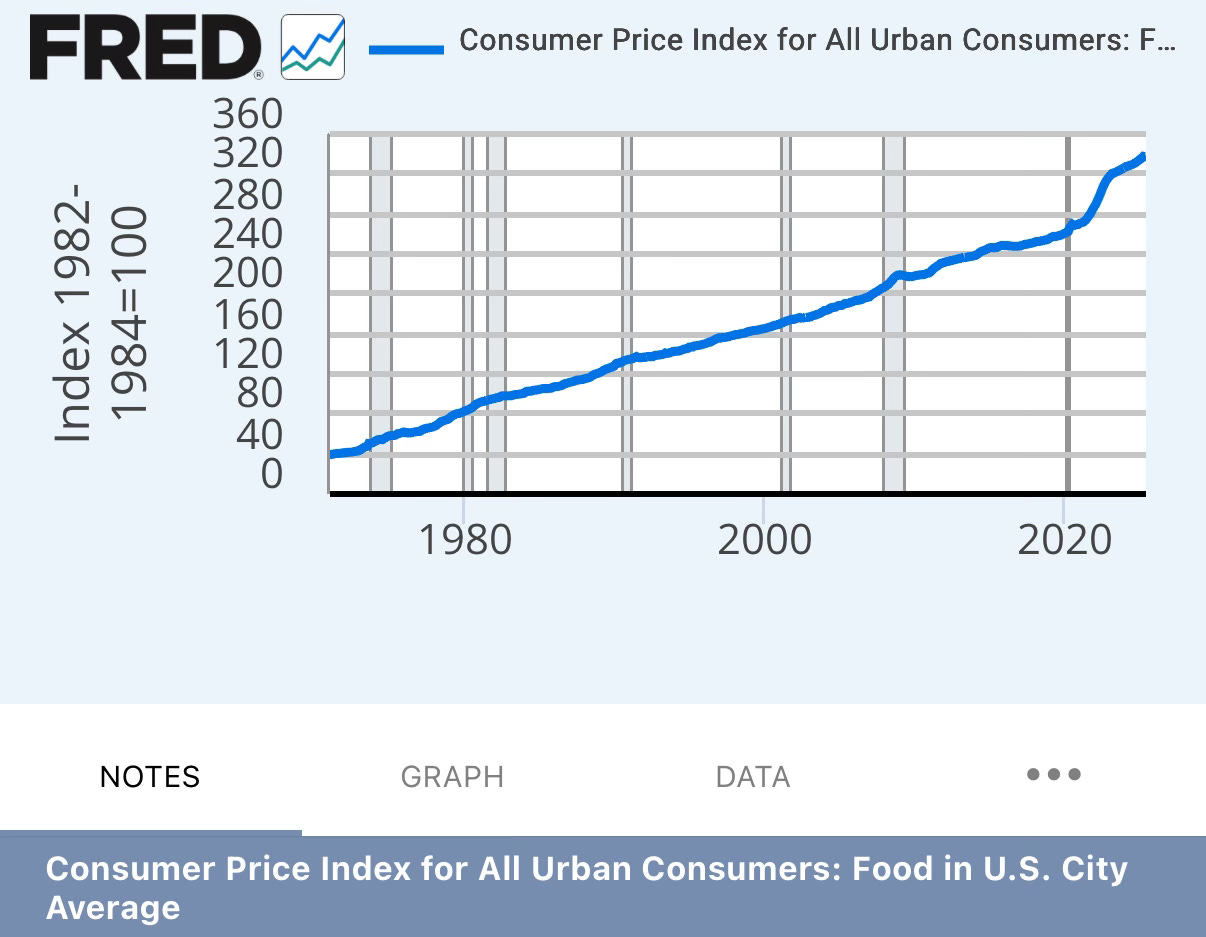Inception of Inflation: We’re Trapped in a Dream of Debt
As The US National Debt Hits $37 Trillion
With the U.S. national debt now surpassing $37 trillion, the question is no longer when we reach the tipping point — it’s whether we’ve already passed it.
Last year, in our two-part financial white paper, Modern-Day Rome Is Burning, we warned that America's debt trajectory was unsustainable. That was when the national debt was $34 trillion and the price of Gold was $2,350 an ounce. Now, just a year later, we’re $3 trillion deeper in the hole and Gold is up 44% now $3,400 an ounce. And the core issue remains: it doesn’t matter which party is in charge. Neither Democrats nor Republicans want to make the hard choices required to stop running deficits (As Trump wants increase the deficits with his spending bill).
"What is the most resilient parasite? Bacteria? A virus? An intestinal worm? An idea. Resilient... highly contagious. Once an idea has taken hold of the brain, it's almost impossible to eradicate. An idea that is fully formed - fully understood - that sticks; right in there somewhere." — Cobb, Inception
The idea that we can print money to solve our problems has taken hold — and it won’t let go. We are now living inside that idea.
We used to print money to build things: highways, the space program, the internet. Now we print money just to pay interest on the money we’ve already printed ( The highest spending category the US Government has). That’s not stimulus. That’s a dream collapsing on itself. And politicians won’t stop it, because if stock prices crash and 401(k)s shrink, they risk losing reelection. So they spin illusions: markets are up, everything must be fine.
"You create the world of the dream. We bring the subject into that dream and they fill it with their subconscious." — Cobb, Inception
Planning the Inception: How Did We Get Here?
We wrote previously about the full history on how we got here ( Tipping Point ) but the turning point was the 2008 financial crisis, which introduced large-scale monetary intervention ( bail outs & QE) as a permanent feature of economic policy. It began with a $787 billion stimulus under President Obama, followed by an even larger and more aggressive wave of money printing during the COVID crisis in 2020–2021. The response to these crises wasn’t temporary — it became structural. What used to be extraordinary measures are now routine.
Today, the United States is running $2 trillion deficits annually during a time of economic normalcy and low unemployment. That’s unprecedented. More alarming, over 35% of all outstanding U.S. government debt is maturing within the next two years. These bonds will be refinanced at rates significantly higher than what they replaced — meaning future government budgets will be dominated by interest payments, not investment.
The consequence is that new capital is no longer being used to build anything new. Instead, it's being diverted to service old promises. Roads aren’t being repaved. Innovation is being delayed. Infrastructure crumbles while nominal spending explodes. We’re watching a system that looks busy and well-funded but is actually producing less with more.
Dream Within a Dream
From 1913 until 2020, the U.S. government had never directly handed out money to its citizens during a downturn. The pandemic shattered that norm. Stimulus checks, expanded unemployment benefits, and rent moratoriums pumped trillions into consumer pockets. The result? A massive temporary surge in demand that outpaced a pandemic-constrained supply chain, igniting the largest inflation spiral we’re still navigating today.
Now, we’re trapped in a paradox. If the government sends money in the next crisis, it we’ll spark another round of inflation. If it doesn’t, the absence of consumer spending will reveal just how hollow the real economy has become. Either path leads to fragility. The only difference is the nature of the collapse: an inflationary burst or a slow-motion contraction.
This isn’t just a U.S. problem. G7 nations are in similar positions. Italy’s debt-to-GDP stands at 137%, France at 111%, Spain at 108%, and the U.K. at 101%.
The U.S., currently at 120%, is well on its way to matching Italy.
But here’s the kicker: despite their staggering debt loads, countries like Italy are seeing low inflation rates (1.7% today) . Why? Because they’re no longer building. Their money goes toward pensions, healthcare, welfare, and interest on debt. It’s not money that circulates. It’s money that settles.
Italy’s infrastructure is ancient. Many of their roads still follow paths laid down by Roman engineers. In the U.S., the story is shockingly similar. A 25% of our bridges are more than 50 years old. Many of our highways, built in the 1950s and 60s, are crumbling. Unlike the post-WWII boom era, when our debt-to-GDP ratio was below 50% and we could afford to invest in the future, today’s government can barely afford to maintain what already exists. A trillion-dollar infrastructure bill today would barely scratch the surface — and risk sparking more inflation in the process.
Meanwhile, the price of essential goods like food continues to climb. Food inflation will never reverse as long as we keep these polices as normal; it occasionally just flattens temporarily.
When food takes up a larger portion of household budgets, discretionary spending contracts. This suppresses demand for goods like cars, appliances, and housing. We now see half a million-dollar ( $500k) homes in California that are literally falling apart and are non livable— proof that nominal prices and real value have parted ways.
The Tipping Point:Stimulus That Can’t Stimulate
"Dreams feel real while we're in them. It's only when we wake up that we realize something was actually strange,"
Keep reading with a 7-day free trial
Subscribe to The Coastal Journal to keep reading this post and get 7 days of free access to the full post archives.








